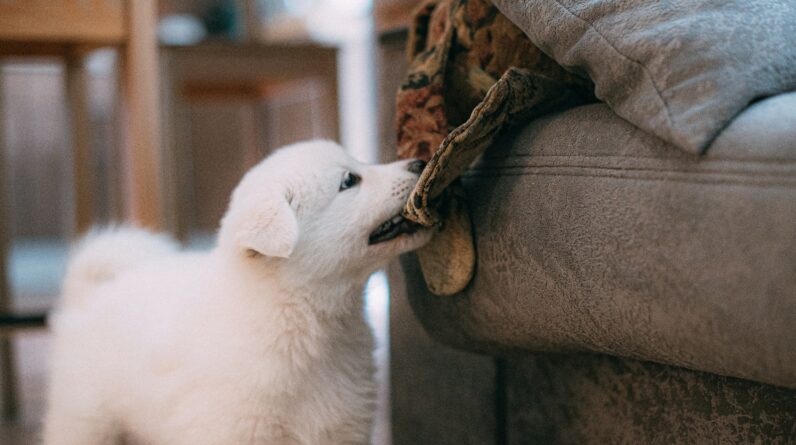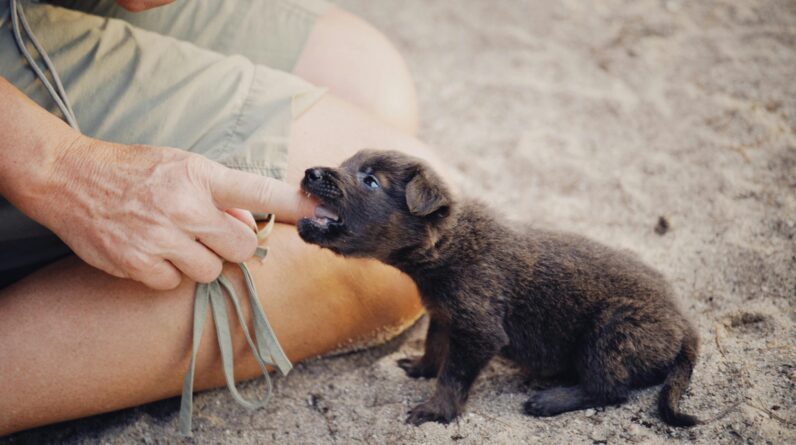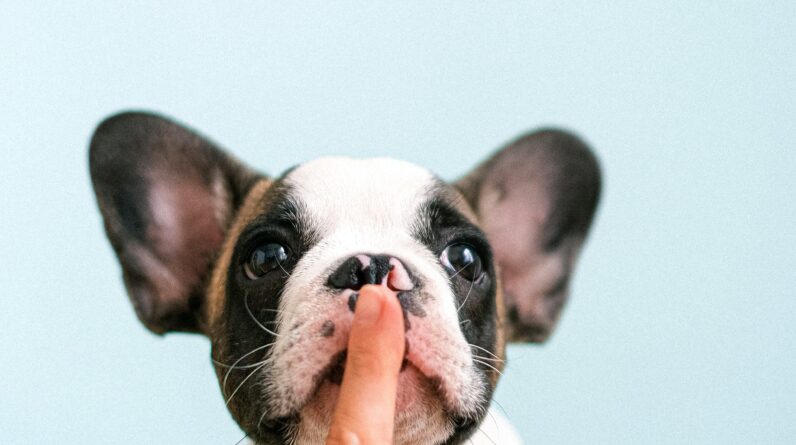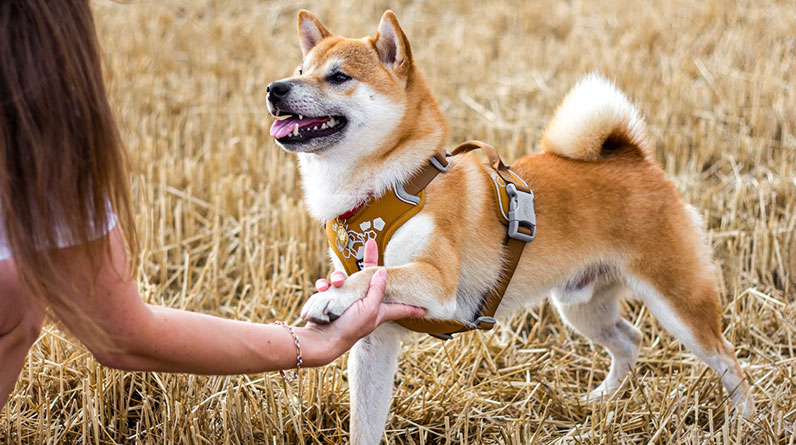
If you’re a new puppy owner, you’re likely eager to start training your new furry friend. While training a puppy can be a fun and rewarding experience, it’s important to understand that there is a science behind it. By understanding the basics of canine behavior, you can become a more effective trainer and help your puppy learn faster. In this article, we’ll explore the science of puppy training and how it can help you raise a well-behaved and happy pup.
Understanding the Canine Mind Dogs are social animals, and their behavior is shaped by their experiences and environment. To understand your puppy’s behavior, you need to think like a dog. Dogs use body language, vocalizations, and scents to communicate, and they respond to stimuli in their environment. By observing your puppy’s behavior and body language, you can better understand their needs and desires.
Positive Reinforcement Training One of the most effective training techniques is positive reinforcement. This involves rewarding your puppy for good behavior, rather than punishing them for bad behavior. Dogs learn through repetition, and by rewarding your puppy for desirable behaviors, you can help them learn faster. Positive reinforcement can include treats, praise, or playtime, and should be given immediately after the behavior you want to encourage.
Consistency is Key Consistency is crucial in puppy training. Your puppy needs to understand that the same behavior will always lead to the same outcome. This means that everyone in the household should use the same commands and reward system. If one person rewards your puppy for jumping on the couch, while another person scolds them for the same behavior, your puppy will become confused and may not learn the desired behavior.
Socialization Socialization is another important aspect of puppy training. This involves exposing your puppy to a variety of people, places, and situations in a positive and controlled way. Socialization can help prevent fear and aggression towards other dogs and people, and can help your puppy become a well-adjusted and confident adult dog.
Training Should Be Fun Training should be a fun and positive experience for both you and your puppy. Puppies have a short attention span, so keep training sessions short and enjoyable. Incorporate play and praise into your training sessions, and always end on a positive note. Remember that puppies are still learning and make mistakes, so be patient and avoid punishment.
Conclusion Training your puppy requires a basic understanding of canine behavior. By using positive reinforcement, consistency, socialization, and fun, you can raise a happy, well-behaved, and confident dog. If you’re unsure about how to train your puppy, consult with a professional dog trainer who can help guide you through the process. With patience, love, and understanding, you can have a lifelong bond with your furry friend.





